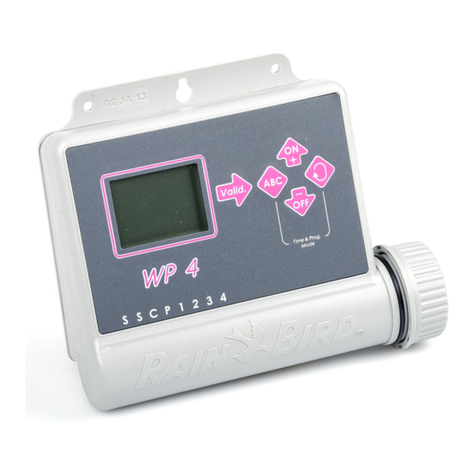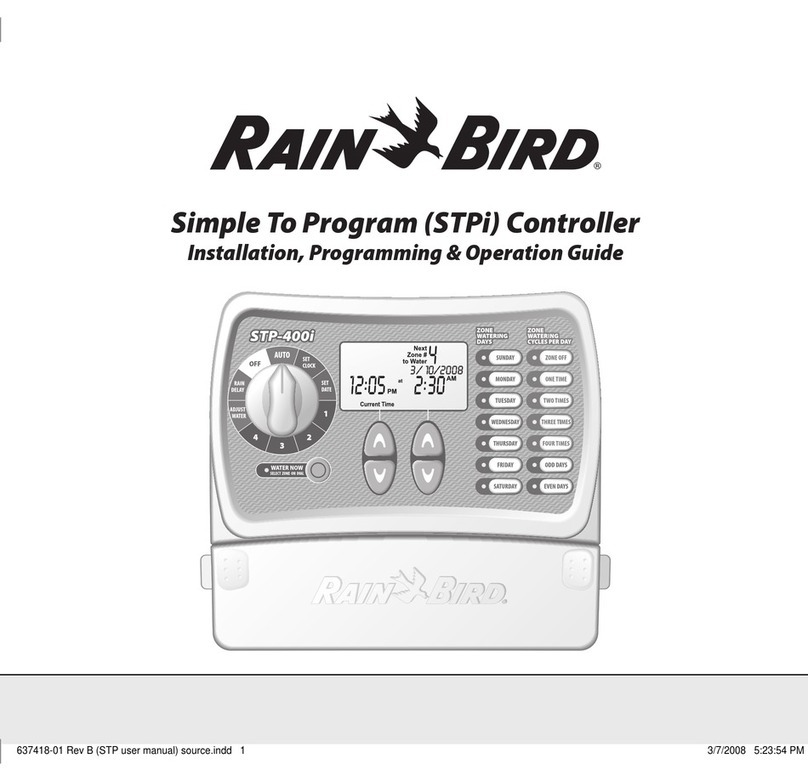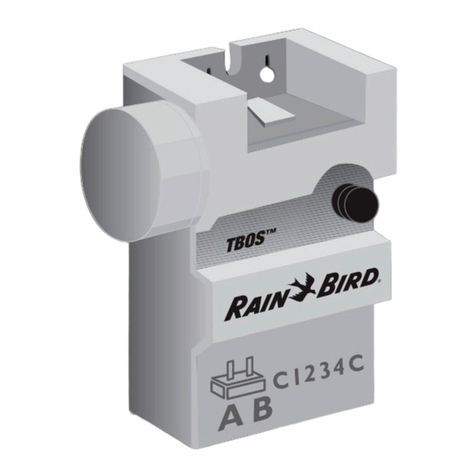Rain Bird TBOS-BT User manual
Other Rain Bird Control Unit manuals
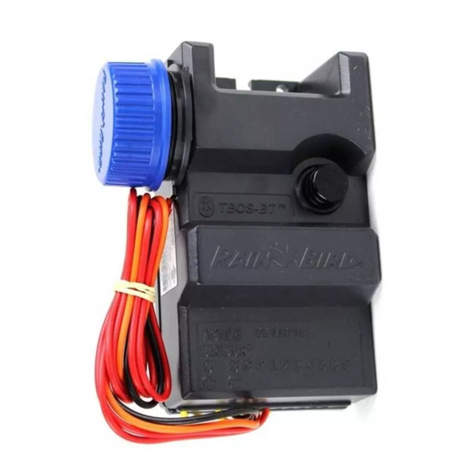
Rain Bird
Rain Bird TBOS-BT1 User manual
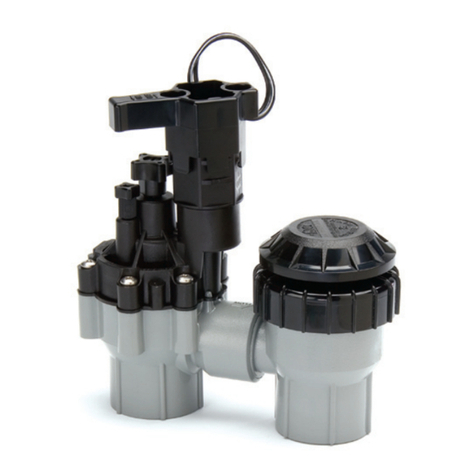
Rain Bird
Rain Bird DAS-075 I ASVF User manual
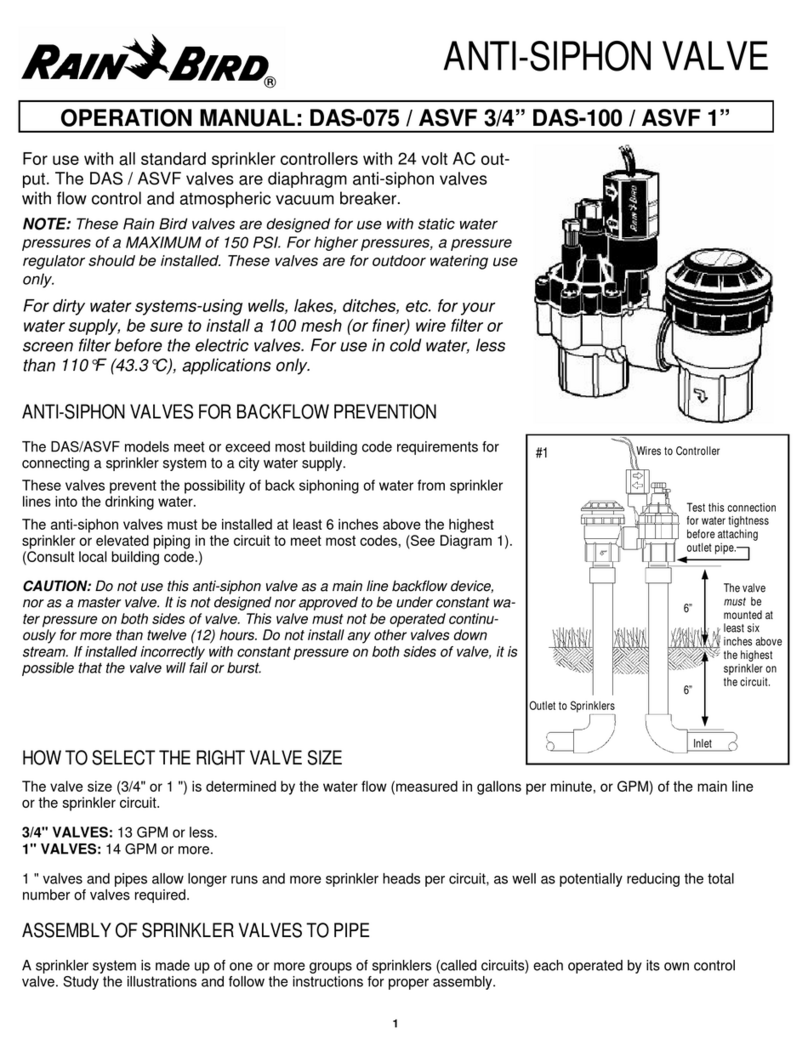
Rain Bird
Rain Bird DAS-075 / ASVF 3/4 User manual
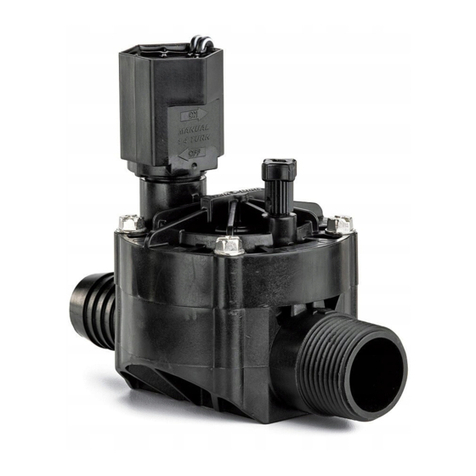
Rain Bird
Rain Bird HV Series User manual
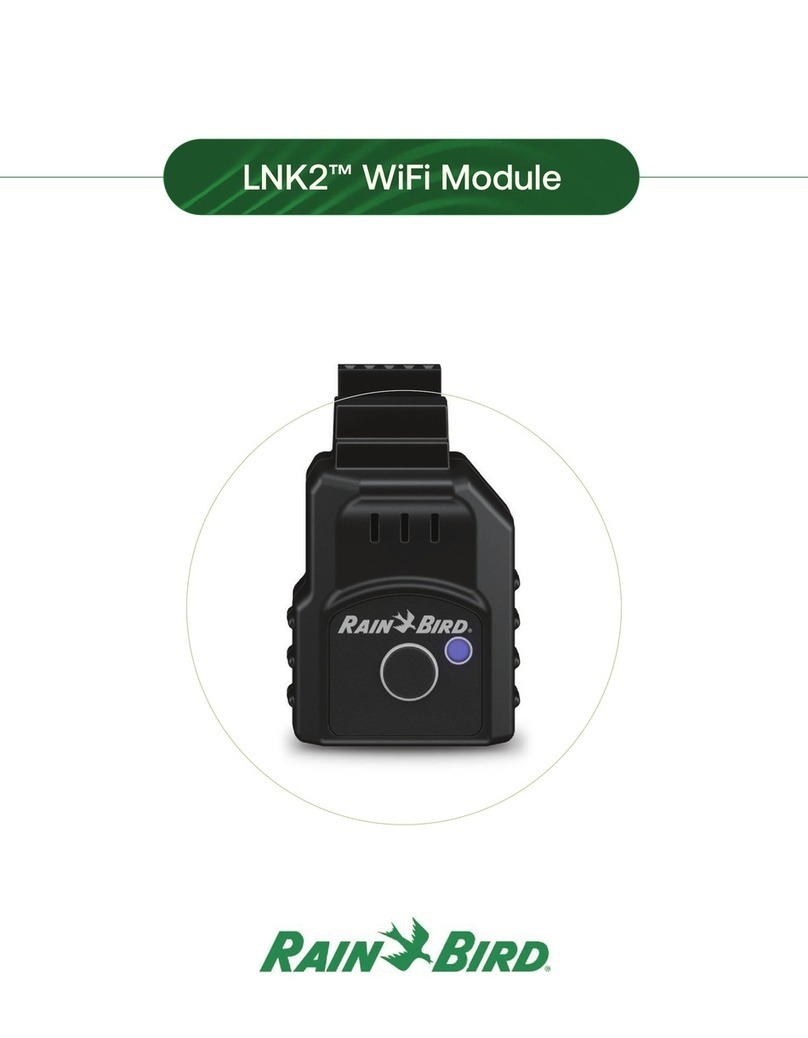
Rain Bird
Rain Bird LNK2 User manual
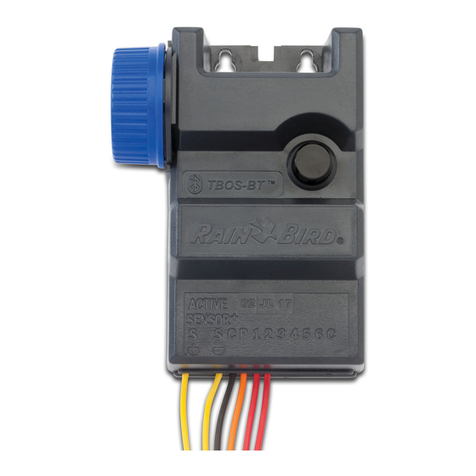
Rain Bird
Rain Bird TBOS-BT User manual

Rain Bird
Rain Bird CP-075 Assembly Instructions

Rain Bird
Rain Bird HV Series User manual

Rain Bird
Rain Bird PGA Manual
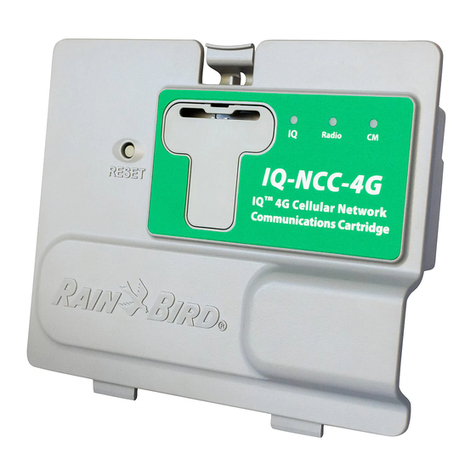
Rain Bird
Rain Bird IQ-NCC User manual
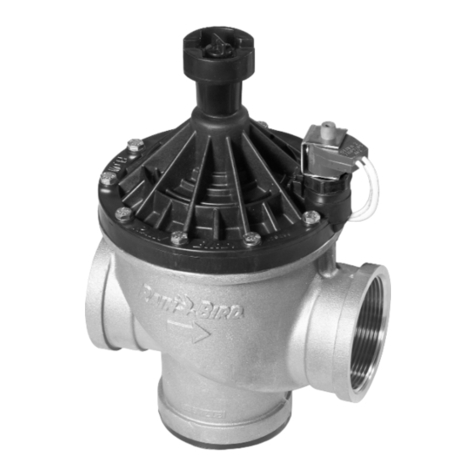
Rain Bird
Rain Bird 300BPE Operating instructions

Rain Bird
Rain Bird EASY RAIN User manual
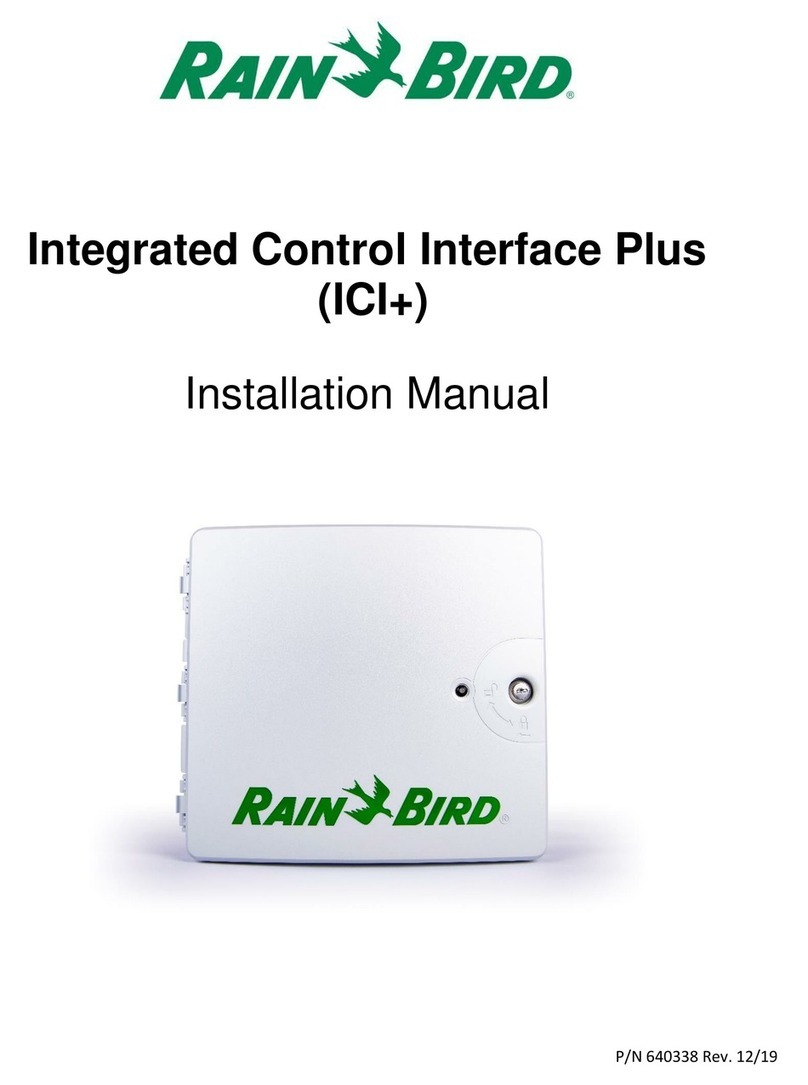
Rain Bird
Rain Bird ICI+ User manual

Rain Bird
Rain Bird CPF Series User manual
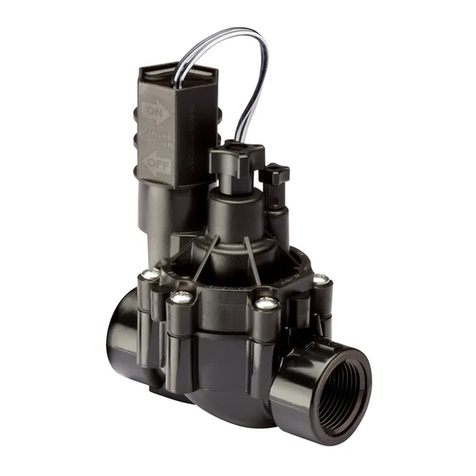
Rain Bird
Rain Bird 075-CPF Owner's manual
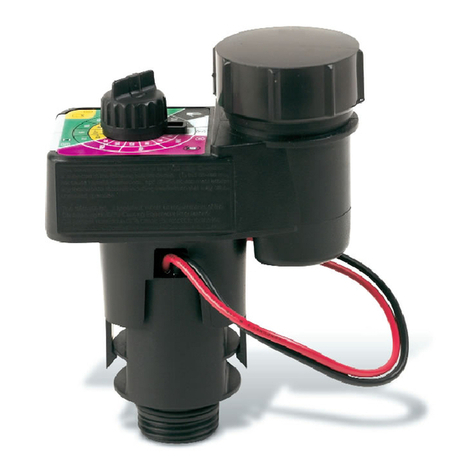
Rain Bird
Rain Bird Rain Bird User manual
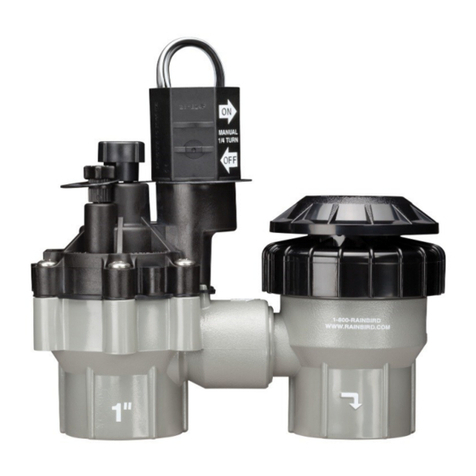
Rain Bird
Rain Bird CP Operating manual
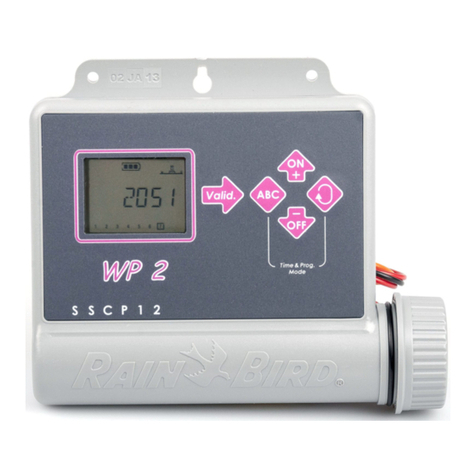
Rain Bird
Rain Bird WP 4 User manual
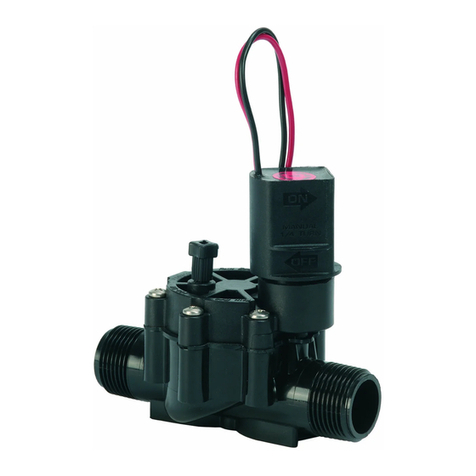
Rain Bird
Rain Bird 100-DV User manual
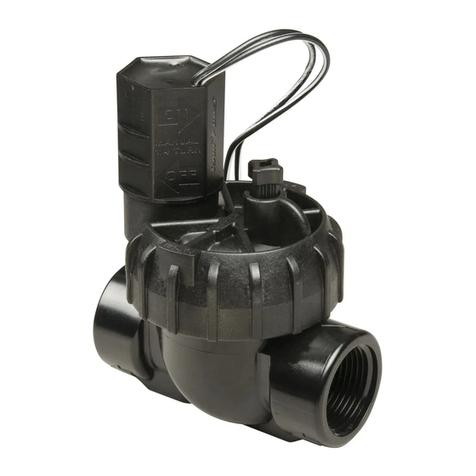
Rain Bird
Rain Bird JTV Series User manual
